The Central Bank of Nigeria (CBN) and the Bill & Melinda Gates Foundation (BMGF) Monday launched the results of the Geographic Information System (GIS) mapping of financial access points in the country.
The CBN Governor, Mallam Sanusi Lamido Sanusi, who spoke to journalists at the event held in Lagos, disclosed that the BMGF had in 2012, identified the GIS mapping, capacity building initiatives among others, as areas for collaboration with the central bank, as part of efforts to support financial inclusion.
According to Sanusi, the map, which was based on GPRS, basically shows all the bank branches, microfinance bank branches, motor parks, post offices, ATMs, and off-site ATMs in the country.
He added: “So we have on one data set, all that information. Now this is just the beginning. Going forward we are going to try to put on Point of Sale (PoS) terminals, we are going to try to put on that map other mobile phone agents, because these are all access points for financial inclusion.
“So far we have focused on the demand side data, people talk about the kind of products people want and are purchasing, savings, credit, payments, that is all on the demand side. When you marry the supply side to the demand side, you begin to have evidence-based policies.”
The CBN governor stressed that map provides an important tool not only for the financial industry, but for consumers and policy makers as well. He said the potential use of the tool was limitless, adding that the central bank was excited to partner the BMGF on the project.
“The interactive mapping tool, which has been developed, is able to provide consumers of financial services in the area with the ability to find financial access points within a five kilometre radius of any point on the map. This Proximity-based approach reflects geographic distribution of financial access points creating an ease of access to live information of the services provided by the access points.
“It is also important to note that the statistics provided from this mapping will enable Nigeria measure certain indicators and compare them across several countries providing for country-by-country comparison on progress of our inclusion efforts,” he added.
He argued that the central bank and its stakeholders on the financial inclusion strategy could do more with the existing network coverage without further investment by simply rolling out financial services on mobile phones.
According to Sanusi, the data is that out of all the areas with network coverage, only 20 per cent was being used for financial services.
Responding to enquiries on how the central bank intends to bring most of those in the informal sector into the banking system, the CBN governor said: “If you look at some of the data we are looking at, for example, we are looking at motor parks, which usually will not come to your mind as a financial access point, but a lot of financial transactions happen in motor parks.
“People basically pay money to drivers and it is either physically transferred and the other party gets it at the end of the journey. So, we are beginning now to gather data on these institutions.”
Globasure is a provider of simple, smart payment solutions.
More from our blog
See all postsRecent Posts
All Website Tags
Leave a Comment cancel
This site uses Akismet to reduce spam. Learn how your comment data is processed.


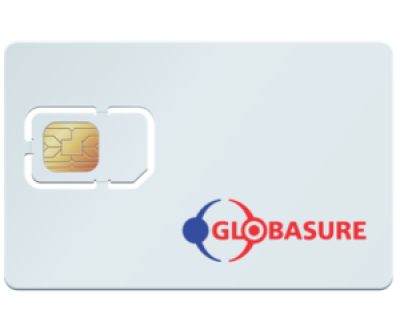
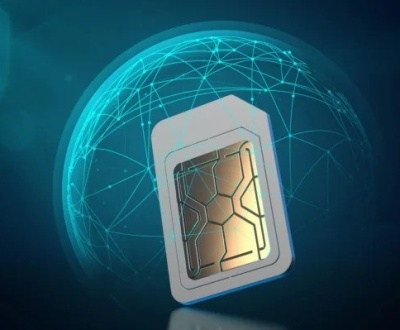
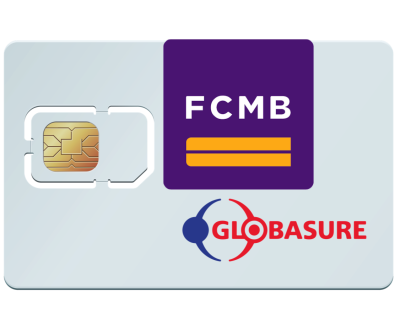
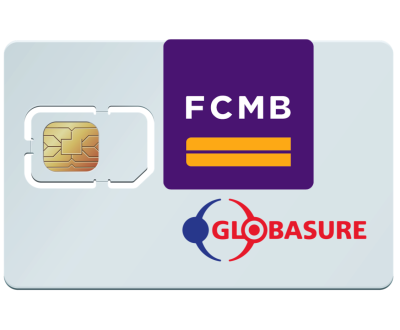

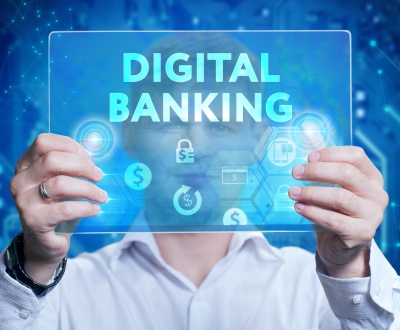
 WhatsApp us
WhatsApp us